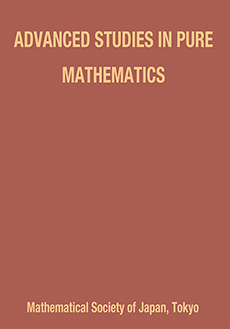Abstract
In our earlier paper ([AKT1]), by interpreting the formal transformation to the Airy equation near a simple turning point as the symbol of a microdifferential operator, we derived the Voros connection formula or, equivalently, the discontinuity function of a Borel transformed WKB solution at its movable singularities. In this paper we extend this approach to the two turning points problem; by constructing the formal transformation which brings a Schrödinger equation with two paired simple turning points that merge (i.e., a merging-turning-points equation or an MTP equation for short) to the Weber equation and by interpreting it as the symbol of a microdifferential operator, we reduce the analysis of an MTP equation to that of the Weber equation. Then, combining this transformation theory with the so–called "Sato's conjecture" for the Weber equation, we obtain the discontinuity function of a Borel transformed WKB solution of an MTP equation at its fixed singularities.
Information
Digital Object Identifier: 10.2969/aspm/05410019


